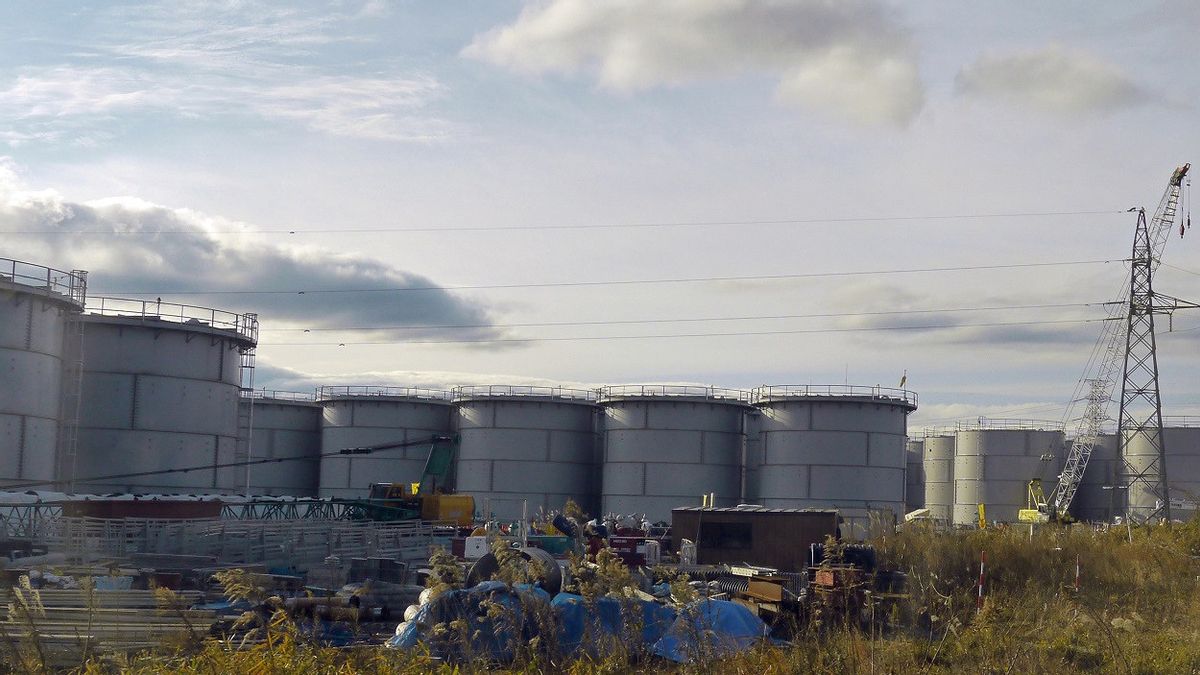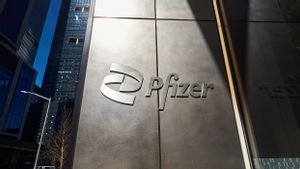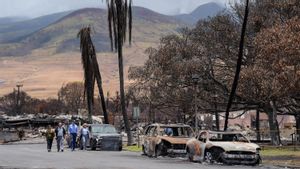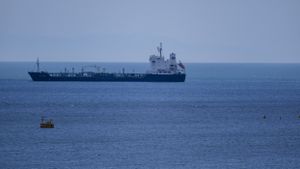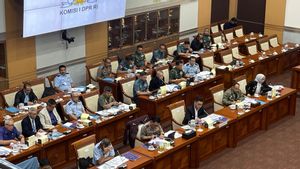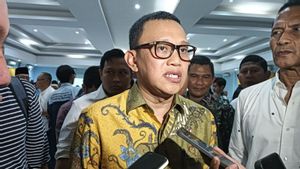JAKARTA - If there are no changes and obstacles, Japan will begin releasing radioactive water from the Fukushima nuclear power plant, which was damaged by the 2011 earthquake and tsunami, starting the day after Thursday.
As well as drawing heavy criticism from China, the release of more than 1 million metric tonnes of radioactive water which had been treated as necessary to deactivate a power plant operated by the Tokyo Electric Power Company (Tepco), has also received criticism from local fishing groups, who are concerned about the reputational damage and threats to their livelihoods.
"I have asked Tepco to immediately prepare for the discharge of water according to the plan approved by the Nuclear Regulatory Authority, and expect the release of water to start on August 24, weather conditions permitting," Prime Minister Fumio Kishida said on Tuesday, reported by Reuters, August 22.
The announcement came a day after the government said it had obtained "understanding" from the fishing industry regarding the release of the water, although fishing groups said they were still concerned about the damage it could cause.
Meanwhile, Tepco said that for the first batch, the water that will be released is 7,800 cubic meters and will last for around 17 days.
The water will contain about 190 becquerel tritium per liter, well below the World Health Organization's (WHO) drinking limit of 10,000 becquerel per liter, according to Tepco. Becquerel is a unit of radioactivity.
It is known, Japan says the release of water is safe. The International Atomic Energy Agency (IAEA), the UN's nuclear watchdog, greenlighted the plan in July, saying it met international standards, with negligible impacts on humans and the environment.
In a survey conducted by FNN Japan over the weekend, 56 percent of respondents supported releasing the water, while 37 percent opposed it.
"IAEA and many other countries have declared it safe, so I believe it is safe. But the fishermen are facing so many problems, that the Japanese government needs to do something to convince them," said NGO worker Hiroko Hashimoto.
Despite assurances, several neighboring countries have expressed skepticism over the plan's safety, with Beijing emerging as the biggest critic. In that regard, PM Kishida said on Tuesday, he believed "accurate understanding" of this issue had spread in the international community.
"There is an understandable perception that all radioactive materials are always and everywhere dangerous... but not all radioactive materials are harmful," Tony Irwin, an honorary professor at the Australian National University, said in a note.
"Nuclear power plants around the world have routinely emitted tritium-containing water for more than 60 years without harm to humans or the environment, mostly at levels higher than the 22 TBq per year planned for Fukushima," he added.
VOIR éGALEMENT:
Japan says the water will be filtered to remove most of the radioactive elements except tritium, an isotope of hydrogen that is difficult to separate from water. Treated water will be diluted well below internationally approved levels of tritium before being released into the Pacific.
It is understood that the water was previously used to cool fuel rods at the Fukushima Daiichi nuclear power plant, after melting due to an accident caused by the 2011 massive earthquake and tsunami that hit Japan's east coast.
A Japanese official said the results of the first seawater tests after discharge may be available as early as September. Japan will also test the fish in waters near the plant, and publish the results of those tests on the Ministry of Agriculture's website.
The English, Chinese, Japanese, Arabic, and French versions are automatically generated by the AI. So there may still be inaccuracies in translating, please always see Indonesian as our main language. (system supported by DigitalSiber.id)
